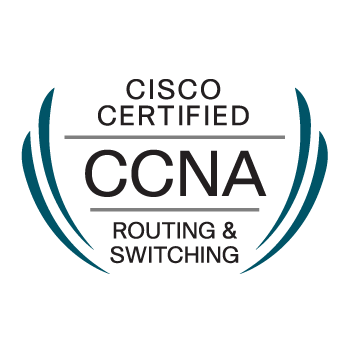- Cisco Community
- Technology and Support
- Security
- Other Security Subjects
- Re: IOS coomand or tool to identify viruses/worms in my network
- Subscribe to RSS Feed
- Mark Topic as New
- Mark Topic as Read
- Float this Topic for Current User
- Bookmark
- Subscribe
- Mute
- Printer Friendly Page
IOS coomand or tool to identify viruses/worms in my network
- Mark as New
- Bookmark
- Subscribe
- Mute
- Subscribe to RSS Feed
- Permalink
- Report Inappropriate Content
12-18-2004 07:09 PM - edited 03-09-2019 09:48 AM
This is first time i am posting my question.so plz bear with me. I want to know which IOS command will show me viruses/worms/malicious traffic in my router.
Also what is use of command " ip route-cache flow ".?
Help needed from u expert guys
- Labels:
-
Other Security Topics
- Mark as New
- Bookmark
- Subscribe
- Mute
- Subscribe to RSS Feed
- Permalink
- Report Inappropriate Content
12-19-2004 10:58 AM
Aside from LAN virus scanners and Intrusion Dection Systems (IDS), I'm not aware of any specific tool that would help.
You generally have to chase a few symptoms, for example:
If you find that you cannot connect via telnet, ssh, or console ... one of the chief suspects is a worm / virus / trojan. If you can disconnect one of the high-speed interfaces and get in, you almost certainly have a bug. This is because the router's priority is to move packets ... not handle the console.
Other symptoms are primarily statistic related ... looking for high cpu loads (sh proc cpu), high buffer utilization (can be congestion at the far end as well - sh buffers), and, if you're NAT'ed, an extremely high translation count ... usually from only a couple sources to one or two destinations and the same port numbers.
The basic guideline is to monitor the dynamic resources and investigate numbers that are high. Removing the / a LAN interface should cause the numbers to drop radically.
Note: Users that are using a streaming service like BitTorrent or KaZaa can also put an ugly load on the network - the applications put themselves into "server mode" and begin to suck up bunches of bandwidth (all that you have, if they can).
Your best defense there is to make sure the network use policy has those topics covered, track down the offending IP addresses, match up the MAC addresses on the switches (ARP / CAM tables), then beat the crap out of the users that are sucking up all the bandwidth.
Route cache is a mechanism to speed up the passing of traffic through the switch / router.
The traditional process is to send the inbound traffic to the processor, who does the route evaluation and disposition of the packet.
With a route cache, once the traffic has been evaluated the forwarding parameters are stored (usually until some definable timeout) and any additional packets received from the same source, to the same destination, using the same ports, are sent on according to the information stored in the table (no direct processor intervention).
The lookup process is much quicker than a process evaluation and can be handled by a co-processor or ASIC.
FWIW
Scott
- Mark as New
- Bookmark
- Subscribe
- Mute
- Subscribe to RSS Feed
- Permalink
- Report Inappropriate Content
12-20-2004 03:38 AM
You can use netfow to help identify viruses, worms on your network
"show ip route-cache flow" will show you the table of current tcp / udp sessions inclusing source/destination IP address, source/destination port numbera and more..
Using this flow cache you can easily and quickly identify hosts that are infected with viruses.
An example of this would be seeing 200+ entries for the same host IP address, the destination IP address for each of these entries (from the same source address) is incrementing by one and the port number is a well know vulnerable port e.g. 135
So this would indicate that your host is scanning a block of addresses looking for vulnerable hosts listening on port 135
It works well and has definately helped me identify virus outbreaks.
Have a look here:
HTH
Paddy
- Mark as New
- Bookmark
- Subscribe
- Mute
- Subscribe to RSS Feed
- Permalink
- Report Inappropriate Content
01-01-2005 12:05 PM
dear Scott, Thnx a lot for help.
- Mark as New
- Bookmark
- Subscribe
- Mute
- Subscribe to RSS Feed
- Permalink
- Report Inappropriate Content
01-01-2005 01:32 PM
Another approch could be an application as ntop.
Why? Because Virus and Worm infected stattions produce a lot of traffic and are with a tool as ntop easy to identify. Check for top host and what protocols and ports they are using.
NTOP uses real time statistics !
see opensource: http://www.ntop.org/ntop.html
sincerely
Patrick
Discover and save your favorite ideas. Come back to expert answers, step-by-step guides, recent topics, and more.
New here? Get started with these tips. How to use Community New member guide
